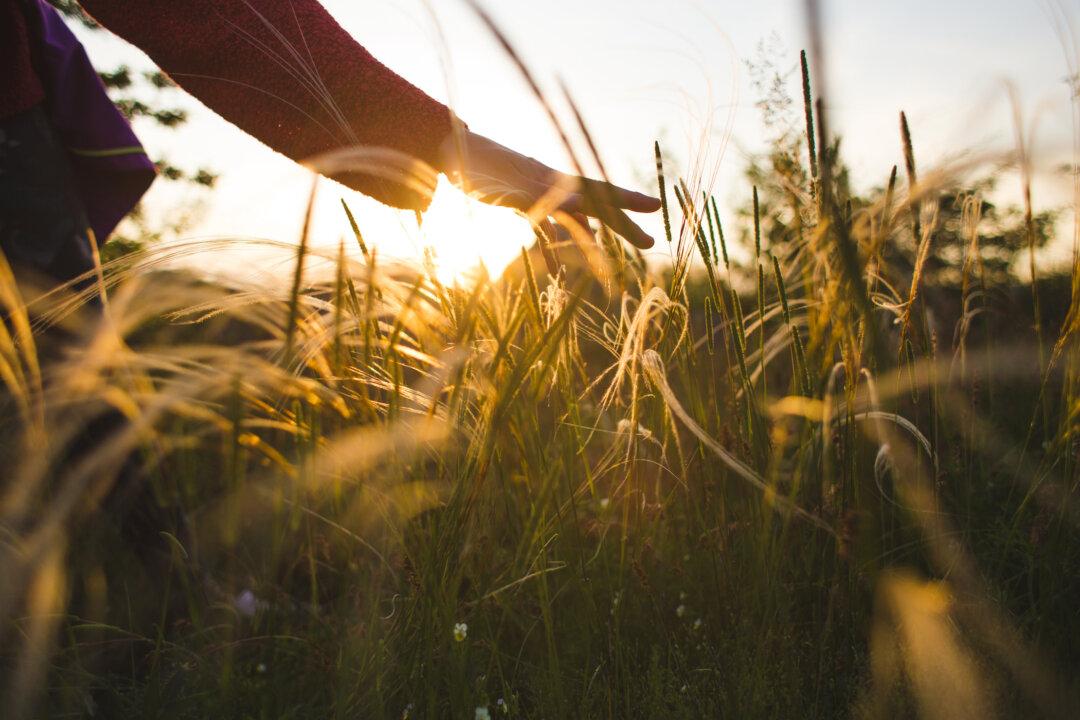It’s the rare person who can say that they’ve never had a muscle knots. These sometimes painful lumps in your muscles can be puzzling—where did they come from, and how do you get rid of them? Here are some things to know that will help you understand what muscle knots are, how you got them, and what you can do to deal with them.
What You Need to Know About Muscle Knots
When our muscle tissue binds, we can use massage, acupuncture, and physical therapy to help relieve them

The trapezius muscles at the top of your shoulders are a frequent spot for muscle knots, a by-product of too much computer time or too much stress. fizkes/Shutterstock
|Updated:




